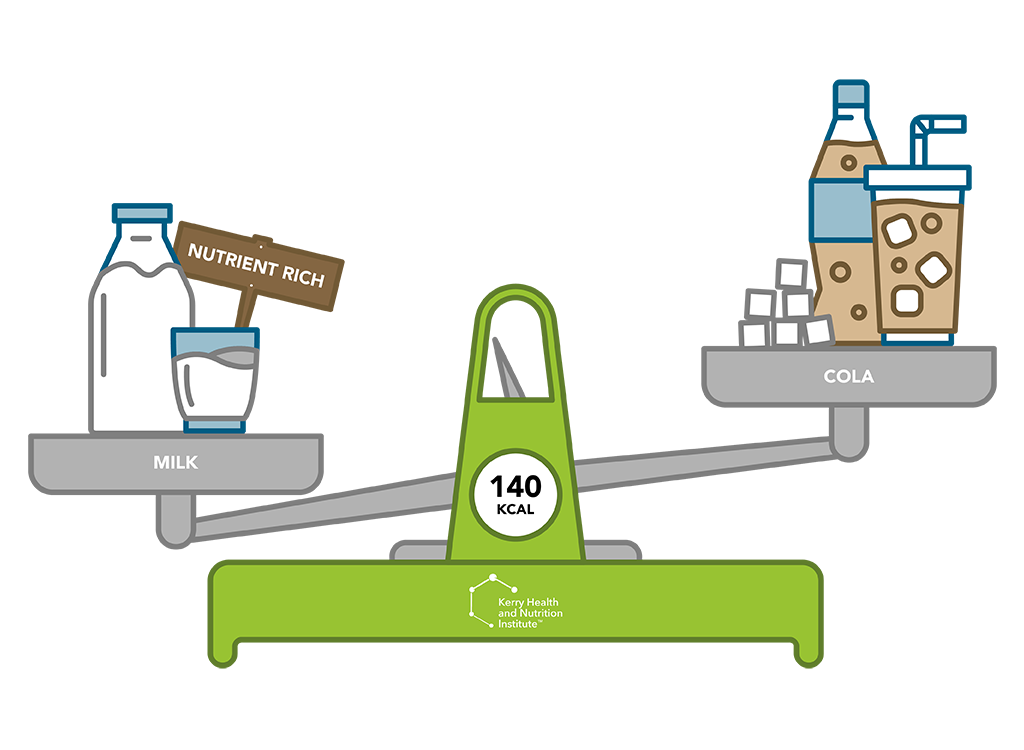
In our recent article, we described the “Quality Calorie concept” from the British Nutrition Foundation, which is an approach to looking beyond total calories to improve total nutrient density of the diet. Many of the approaches described in the Quality Calorie concept can be adapted by the food and beverage industry to make a substantial impact on public health. Here are some ways to improve the amount of nutrition a certain amount of calories can provide for different foods and beverages.
Key ideas to keep in mind for all categories:
- Focus on keeping portion sizes sensible to decrease total calories of a food or beverage.
- Utilize sensory science to make sure nutrition is balanced with taste. Nutrients like proteins, vitamins, and minerals can often have off-note flavors that can be masked to improve taste, for example.
Meals:
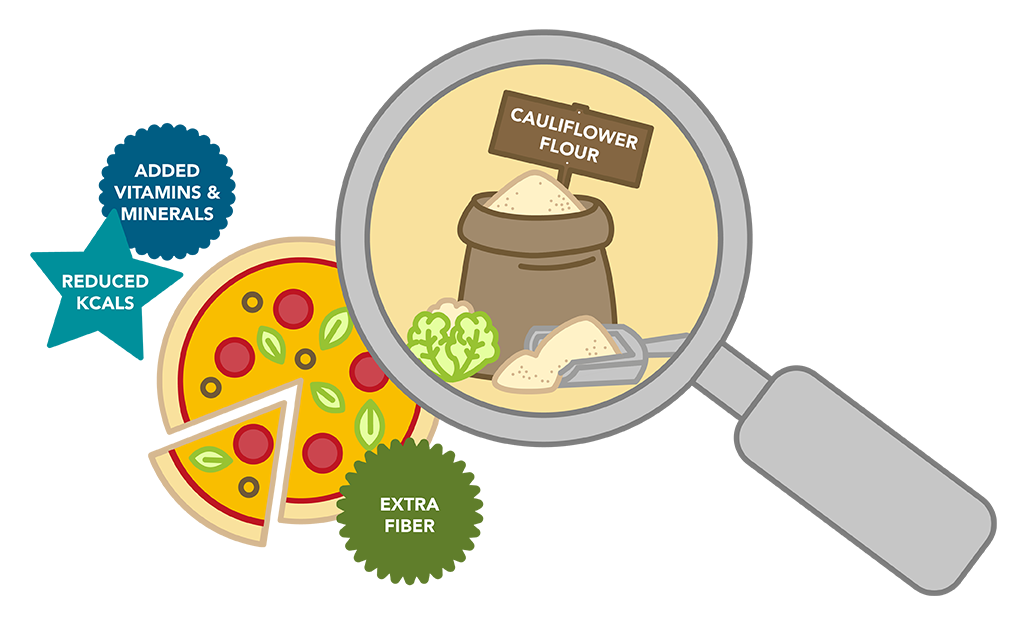
- Focus on fruit-forward or vegetable-forward sauces to increase content of fiber, vitamins, and minerals and reduce saturated fat, sodium, and calories.
- Incorporate whole grains, vegetable-based flours, and plant protein into parts of a meal like pizza crust or tortillas.
Savory snacks:
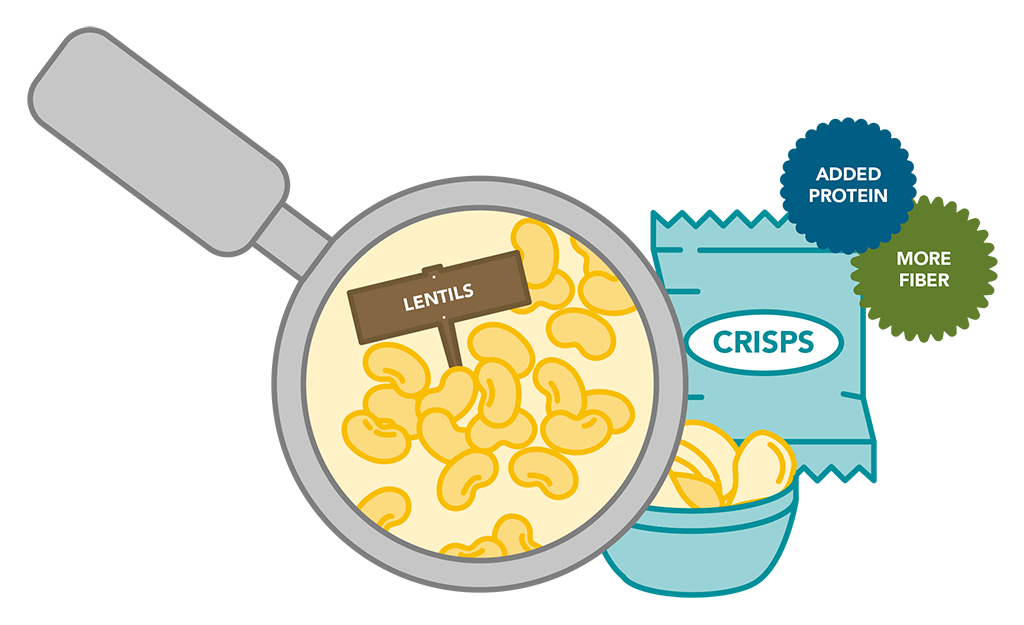
- Use extruded beans or lentils as the base of a salty snack to increase fiber and protein content.
- Utilize bold flavors and taste modulators to reduce total sodium content. For example, spicy foods provide a different sensory experience and could make salt reduction less noticeable.
Beverages:
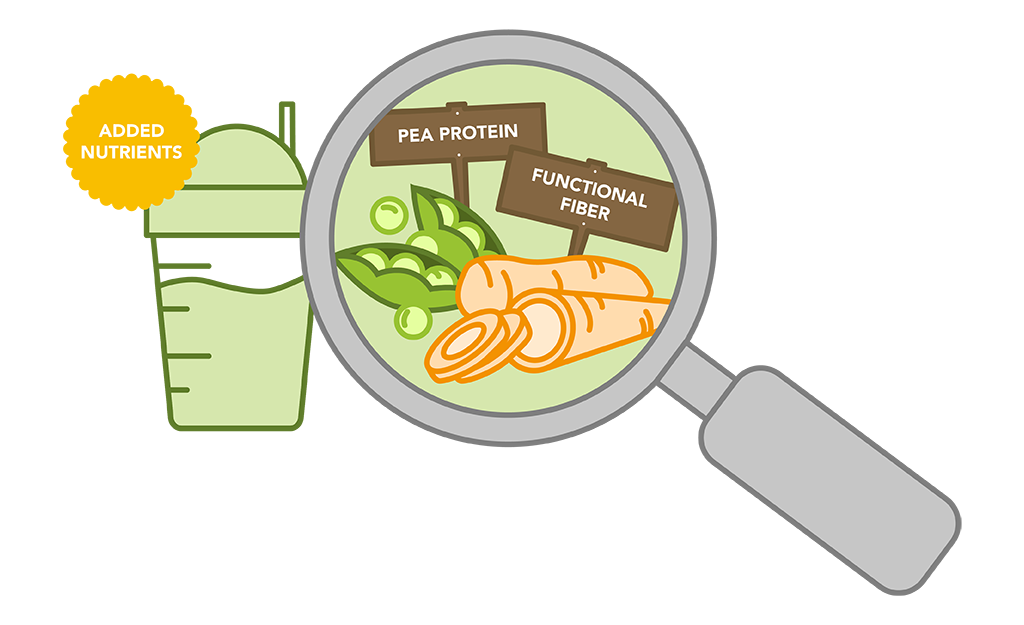
- Keep sugar low by using unique, bold flavor profiles, taste modulators, or functional fibers.
- Pair with protein and fruit and vegetable purees or powders to increase nutrient density.
Meat:
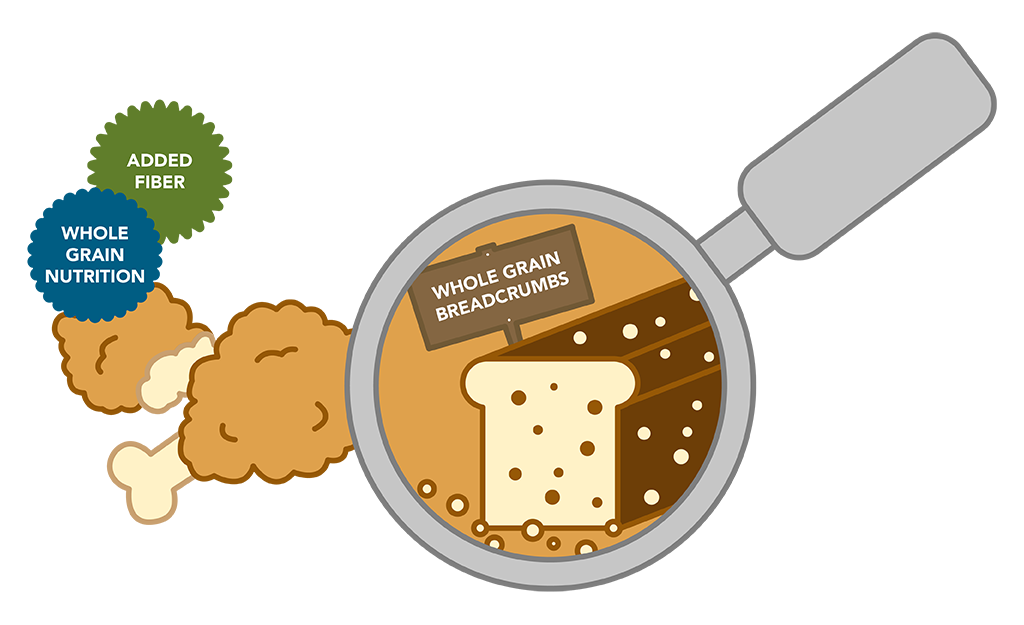
- Incorporate whole grains into breadings and batters.
- Use methods to reduce fat absorption when frying. For example, some coatings absorb less fat than others, or you can experiment with air frying.
- Explore high fiber and protein plant-based meat alternatives.
Plant-based dairy:
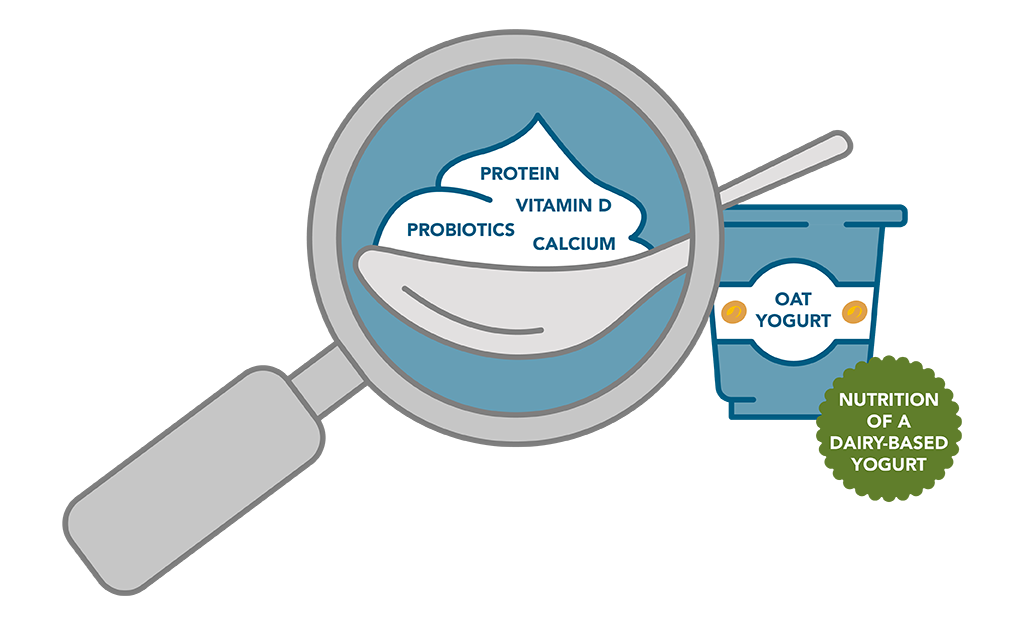
- Try to deliver similar amounts of calcium, protein, or vitamin D to those found in dairy products.
- Use ingredients that deliver other health benefits as the base of the product, like whole grain oats, instead of combining many different flours or oils.

 We bring the voice of science to some of the most challenging questions facing the food and beverage industry day to day through our network of over 1000 Kerry scientists, external collaborators, and our Scientific Advisory Council. Our content comes straight from scientists and experts in nutrition, taste, food, and sensory sciences to make sure we are providing up-to-date, credible information to guide people shaping the future of food.
We bring the voice of science to some of the most challenging questions facing the food and beverage industry day to day through our network of over 1000 Kerry scientists, external collaborators, and our Scientific Advisory Council. Our content comes straight from scientists and experts in nutrition, taste, food, and sensory sciences to make sure we are providing up-to-date, credible information to guide people shaping the future of food. 

